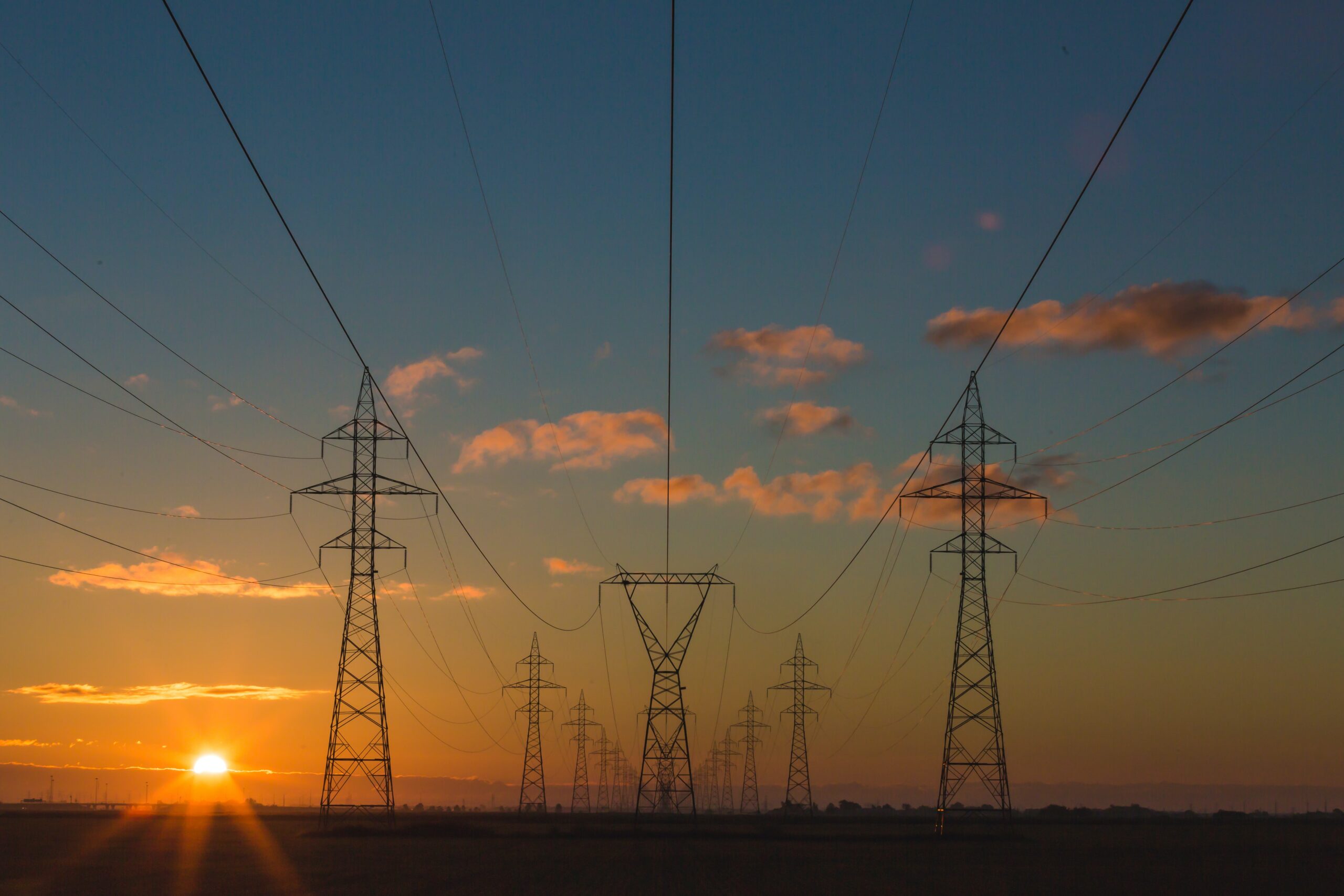Category: Electrical
-

Making new friends: grid friendly wind turbines
Renewable energy is revolutionizing the global power sector, with wind energy emerging as a key player in the transition towards a sustainable future. Wind farms, harnessing the immense power of nature, are sprouting across landscapes, powering homes and industries while reducing carbon emissions. In this website we explored the advancements in wind farm engineering and…
-
Medium voltage power cables in wind farms: an introduction
This post is an extension of the previous short article I wrote some years ago on the characteristics of wind farms medium voltage system. I wrote it with the help of my friend and colleague Kamran, who spent more than an hour answering my questions on the subject. Thank you Kamran! The medium voltage network…
-
Lightning protection of wind turbine blades
I have received a question from a reader regarding blades damaged by lightning. Specifically, the blade has been damaged before commissioning. At first sight the consequences could be less significant than usual, above all if the main crane is still on site and there is a set of spare blades available as happens frequently in…
-
Looking for an electrical engineer specialized in Turnkey / EPC (Balance of Plant)
If you are reading this blog chances are that you know someone who could be interested in this position… Please spread the word! Link: Project Engineer Electrical Balance of Plant-Turnkey (m/w)
-
Itemized sourcing: everybody else is doing it, so why can’t we?
Itemized sourcing is the new mantra in the business. Basically, it means that you should split the BoP (Civil and Electrical works) in as many lots as possible, in order to achieve substantial savings. This strategy is the opposite of the “single subcontractor” approach, where you give the full package to a unique contractor or…
-
Constraints to medium voltage power cables in wind farms
(This post has been updated in July 2020 with the help of my friend and colleague Kamran) I already discussed in two other posts how the wind farm cable trenches are usually built and how the medium voltage cables are made. However, a more comprehensive explanation should include on how the medium voltage cables are dimensioned. The power produced…
-
Wind farm testing and commissioning
This is a short (and incomplete) summary of the main test which are usually performed in a wind farm. Test can be divided in 3 categories: factory tests, site tests and performance tests. Some test are performed before the start of the construction works, others during construction and commissioning and others when the wind farm…
-
Cost drivers in Electrical Balance of Plant
Due to my education as a Civil Engineer there I already wrote a substantial number of posts regarding cost of the civil BoP. However I do not want to neglect the electrical side, which as you might already know is usually accountable for approximately 50% of the total cost of the balance of plant of…
-
EBoP vs CBoP – where is the money?
There are several recurring questions that I normally hear at least 3 or 4 time each year. Some are variants of things like “How much does it cost 1 Km of road in Brazil?” – this was asked by my ex colleague Pau many, many years ago but it’s still a classic for me, and…
-
Is wind energy really unpredictable?
I know that I’m probably biased on this subject but I want to spend a few words on a recurrent subject that pop up often in my discussion about wind energy with people from different sectors and way of life. Basically, a standard argument about wind energy is that it’s unreliable and unpredictable. In my…